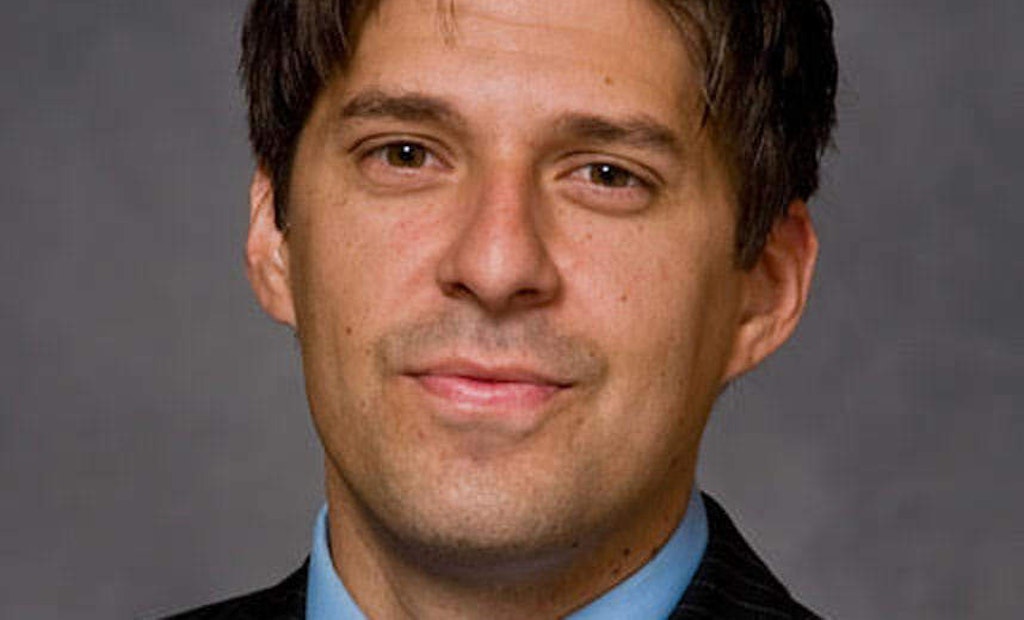The city of Toledo’s residents are getting safer water thanks to an ongoing underground makeover.
In 2014, the Ohio city had a drinking water advisory due to an algae bloom in western Lake Erie. That brought water quality to the forefront and initiated an effort to provide the...







